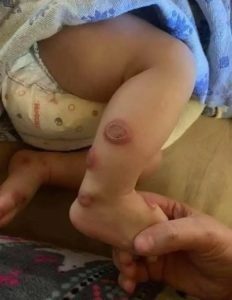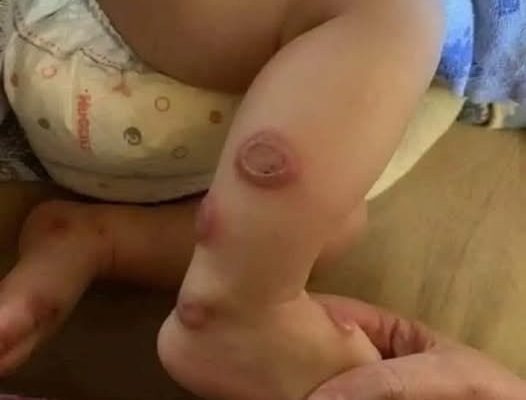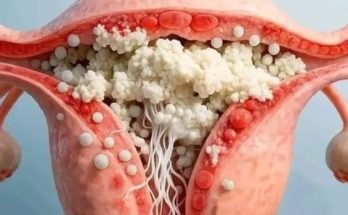ALERT: These are the signs that it is cre…See more

An urgent referral to Dermatology was decided for evaluation of the lesions. After being seen by the Dermatology Department, the patient was advised to discontinue the new medication, and a biopsy and blood tests were performed, including a complete blood count, antibodies, lupus anticoagulant, and serology tests. Oral corticosteroids were prescribed.
After 24-48 hours, the lesions diminish in intensity and the pain subsides. Blood tests reveal the presence of leukocytosis with neutrophilia, antibodies, lupus anticoagulant, and negative serology results.
Twenty days later, the results of the skin biopsy arrived and were positive for Sweet syndrome.
Sweet syndrome (also known as acute febrile neutrophilic dermatosis) is a dermatological disease classified within neutrophilic dermatoses, since histopathologically it is characterized by the presence of neutrophil infiltrates 1 .
Clinically, it is characterized by the appearance of lesions in the form of erythematous papules or plaques distributed bilaterally, usually asymmetrical, with a sudden onset and pain. The most common locations are the face, neck, upper trunk, and hands. It is also characterized by the presence of systemic symptoms (fever, leukocytosis with neutrophilia, etc.) 2 (Table 1) 1,3 .Table 1.
Diagnostic criteria for Sweet syndrome
The etiology of Sweet syndrome is not known with certainty. According to some studies, the pathogenesis is mediated by cytokines involved in the chemotaxis and activation of neutrophils and histiocytes 4,5 . A hypersensitivity reaction is presumably triggered by a previous process, such as an upper respiratory tract infection or paraneoplastic processes, and also by the intake of medications 2,6,7 . Diagnosis is important, since it requires ruling out systemic disease, such as atypical forms of Sweet syndrome on the back of the hands, which may be the main sign of occult neoplastic diseases 8 .
In cases secondary to drugs or idiopathic, it is more frequent in the female sex 2 .
The drugs most frequently shown to be correlated with Sweet syndrome are contraceptives, antiepileptics, antibiotics, antihypertensives, colony-stimulating factors, and vaccines 6 . However, these drugs are not the only ones that are exclusivity-related, which is why we have presented this clinical case.
The first-line treatment for Sweet’s syndrome is oral corticosteroids, which respond rapidly, so that general discomfort and pain subside within the first few hours and the lesions disappear in less than a week 2 .
In this case of sudden onset of erythematous papular lesions on the face and neck, a differential diagnosis must be made with urticaria, contact dermatitis, and toxicoderma due to the appearance of the lesions, and with cutaneous lupus due to the characteristics of the lesions. Once all of these were ruled out based on the history and the results of complementary tests, and thanks to the conclusive diagnosis of the biopsy, the patient was diagnosed with Sweet syndrome.



